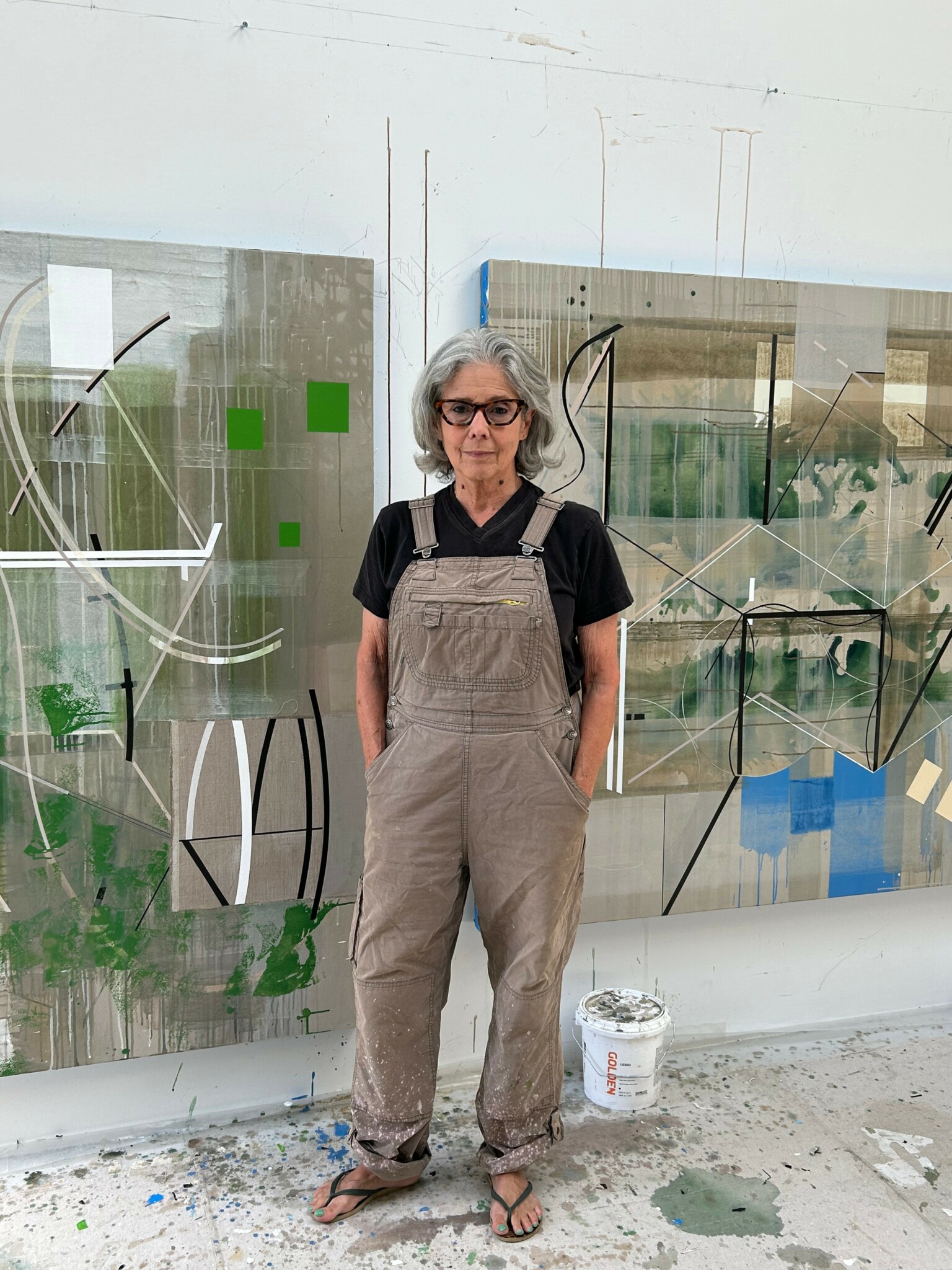We were lucky to catch up with Jeanette Fintz recently and have shared our conversation below.
Jeanette, thanks for joining us, excited to have you contributing your stories and insights. What were some of the most unexpected problems you’ve faced in your career and how did you resolve those issues?
Doing a commission through a consultant is one aspect of being an artist I don’t feel quite comfortable with.. I have done only two and am negotiating a third. As much as one thinks that all eventualities are covered there will be things that arise that are irksome or tend to go against one’s instinct as an artist. In one commission I was asked to add two more colors to the painting that weren’t in the original composition . In another I was asked to replicate a spontaneous pour, to create the feeling of faux spontaneity. Recently I was asked to replicate a painting I did 27 years ago but change the dimensions. I think I’m turning that one down. I personally don’t feel relaxed in the commission situation.
As I think back on my early career the other issue that impacted me was when a dealer came to my studio when I was about 30 years old and loved the work, and wanted to sell paintings into a collection for very little money. I refused and he got quite angry, sort of putting me down, like who am I to ask for that sum, turn down this offer, when I was still unknown. It was an issue of integrity like the commission issue. It seems to offend the finer parts of your nature but it shouId be kept separate. This is what one doesn’t know, if, as I was, one is innocent and not shrewd enough. Often it’s better to see the long game. It’s a quandry whether to sell your work cheaply at the beginning just to get the work out, or to hold on. And it’s magnified if you are a young woman! This problem isn’t unique to the art or creative world.
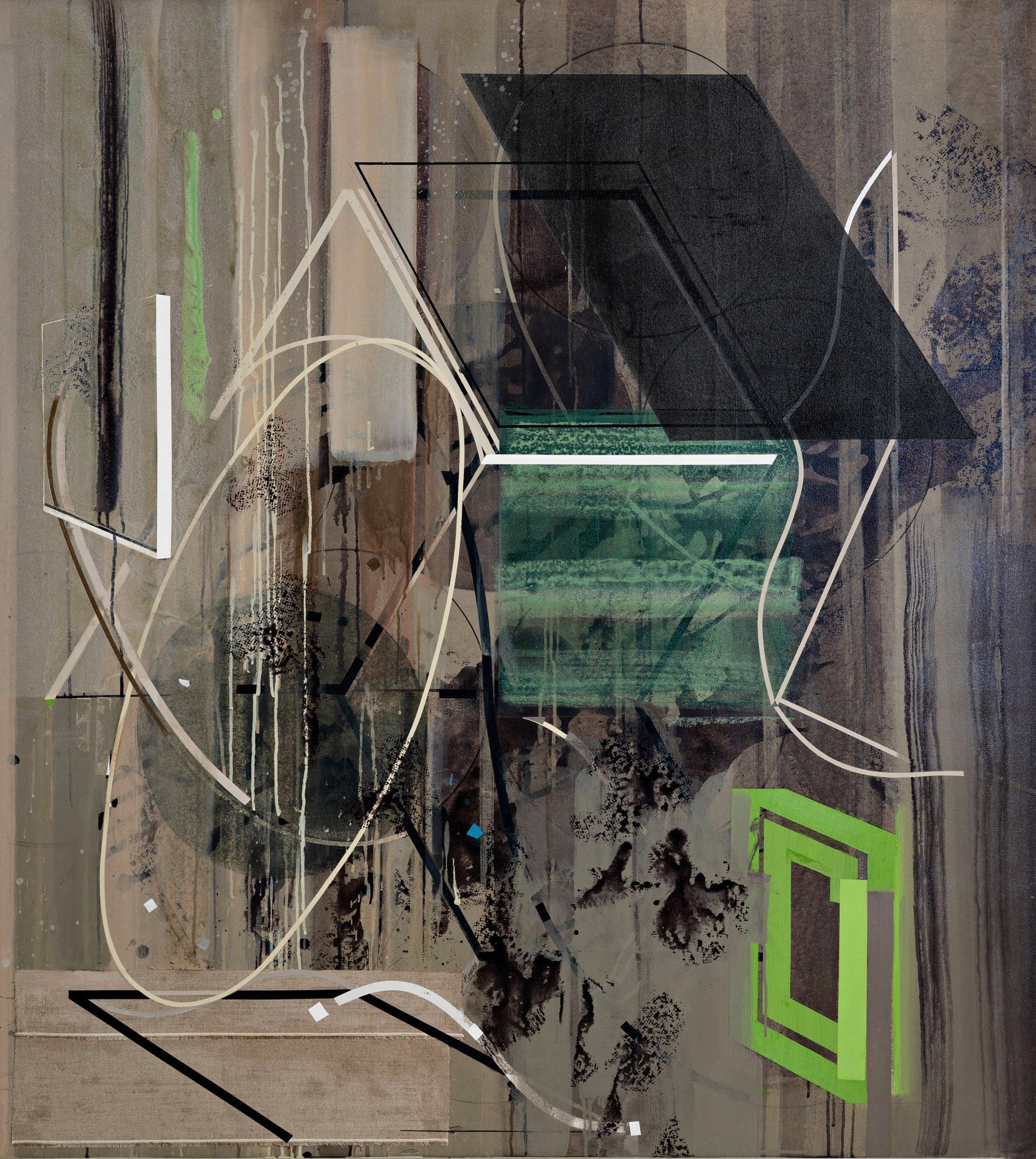
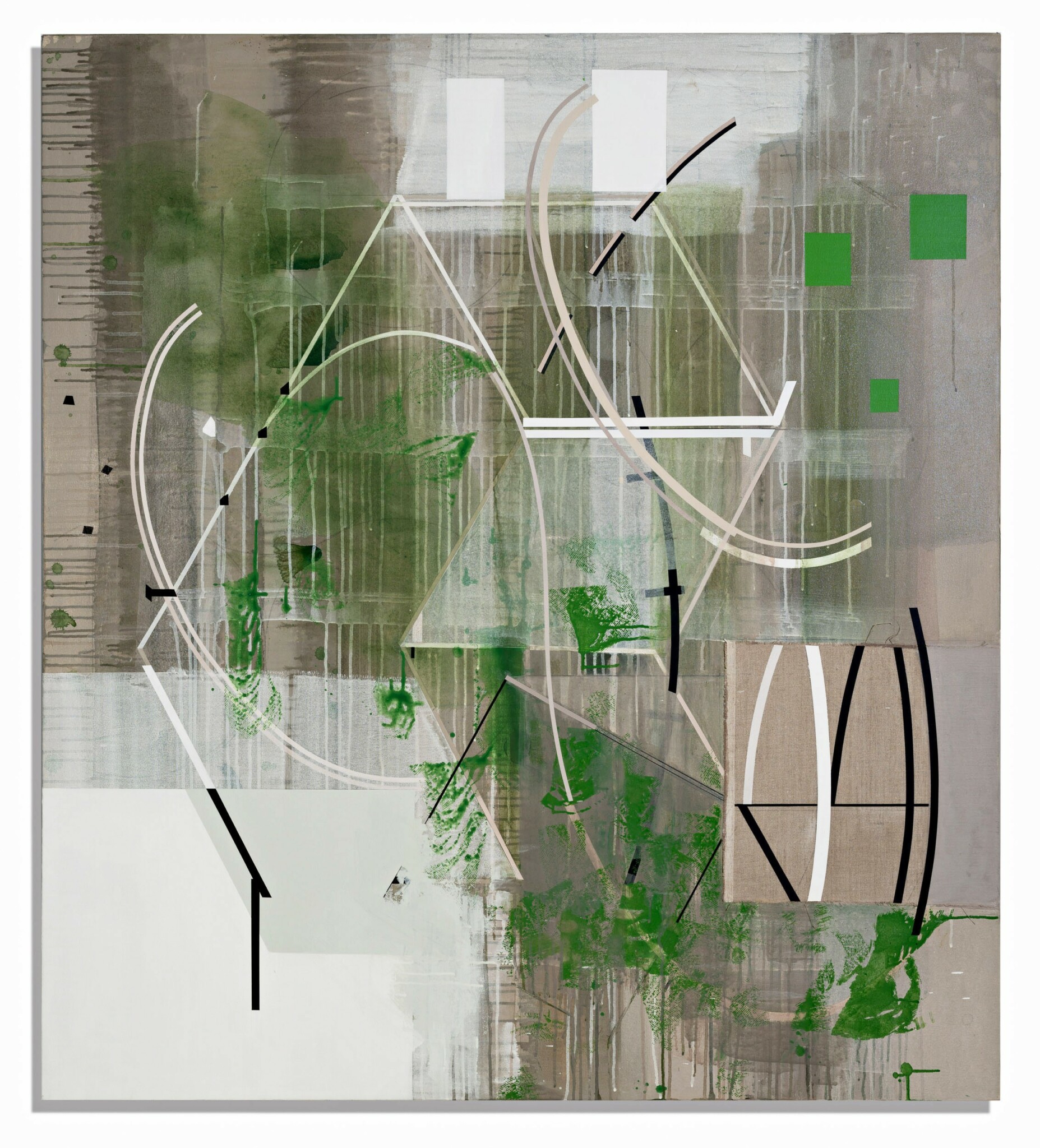
Jeanette, before we move on to more of these sorts of questions, can you take some time to bring our readers up to speed on you and what you do?
I’m a Brooklyn born abstract painter, art educator and sometime curator and art writer who resides in Hudson NY. My husband and I migrated to the Hudson Valley region in the late 1980’s from the artist enclaves of Tribeca and Williamsburg NY.
I work subjectively with geometry based on symmetrical grid systems. My sense of light and color come from my sensitivity to my natural surroundings and early experiences painting directly from the landscape in Maine and upstate NY. When I began painting non objectively in my early 30’s, my shapes evolved from the subdivision of the circle and intuitive extrusions of those shapes. There is a lot of rhythm and repetition in both the older and the current work. The early paintings were based on the body. My work now is quite architectural and diagrammatic. It’s about admitting instability into a pattern, evoking time and transience through selective destruction. That selectivity comes from the paint handling itself, using veiling washes and more stable opaque zones in contrast, as well as from actually editing out an edge. What I enjoy most is discovering something new even though the raw material, the grids I’m working from, may be a given. Transformation as a result of the journey, in the work, and in my life as an artist, is most challenging and satisfying. Creating a feeling of movement through space and discovering relationships are extremely important and therefore much of what I do now is based in drawing.
I am the recipient of a NYFA fellowship in Painting (2024) for bodies of work entitled Permanently Temporary and Balance & Beam, and a NYFA fellowship in Works on Paper (1993), an Emil & Dines Carlsen Award for Painting from the National Academy of Design (2008), an E D Foundation Grant for Painting (1990), a Ludwig Vogelstein grant for Painting (1984) and an Artists Space Grant for project development (1984)and an Ingram Merrill Award for Painting (1980).
My residencies include the MacDowell Colony, the Ucross Foundation, the Millay Colony for the Arts, Ossabaw Island Project, and Altos De Chavon. I received a scholarship to and purchase prize from the Skowhegan School of Painting and Sculpture. I received my MFA from Boston University SFA (1975), and my BA from Queens College CUNY. I also attended the NY Studio School.
I held the position of Assistant Professor at Parsons the New School for Design for 18 years and was the recipient of a Faculty Development Grant for projects in digital color, and two travel sabbaticals to Spain and Turkey to research the patterning systems which have informed my work. I also taught painting and drawing at SUNY Purchase for 12 years, among other academic positions and artist-in-residence sojourns. I’m quite proud of learning the Adobe Suite programs and being able to both successfully teach them and use them selectively as an aid in my work. I mostly use them now to do studies and test variations for changes on a painting.
My husband, also an artist and teacher, and I were founding faculty at CENFAD, a Parsons affiliate school in Kuala Lumpur Malaysia in 1996-97, teaching, and traveling throughout SE Asia. The textiles, architecture and landscape had a strong impact on my work The entire experience was pivotal.
I show widely in the Hudson NY area including Carrie Haddad Gallery, Hudson NY, The Lockwood Gallery Kingston NY, and Carrie Chen Gallery, Great Barrington MA. My work is held nationally and internationally in public and private collections.
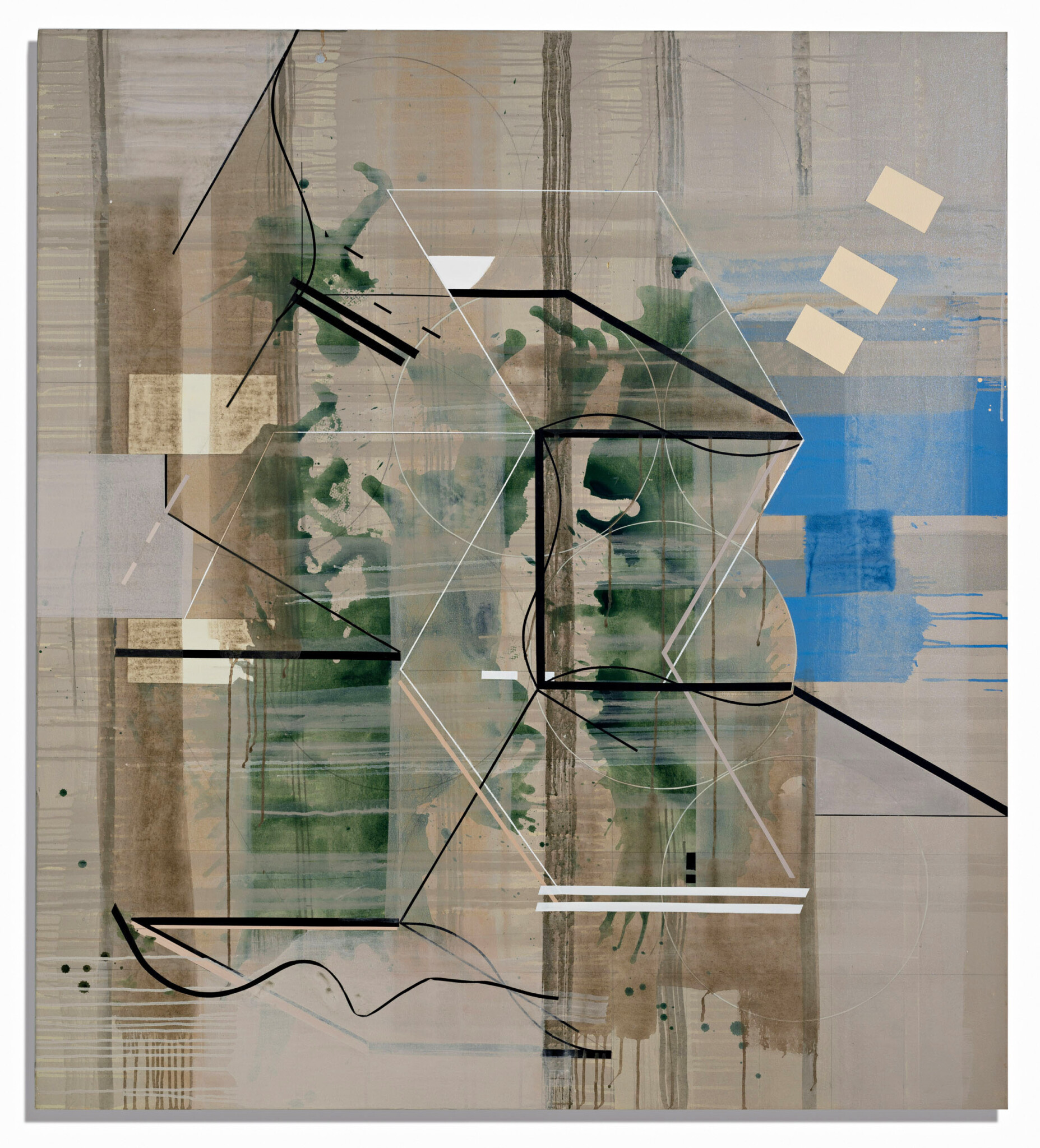
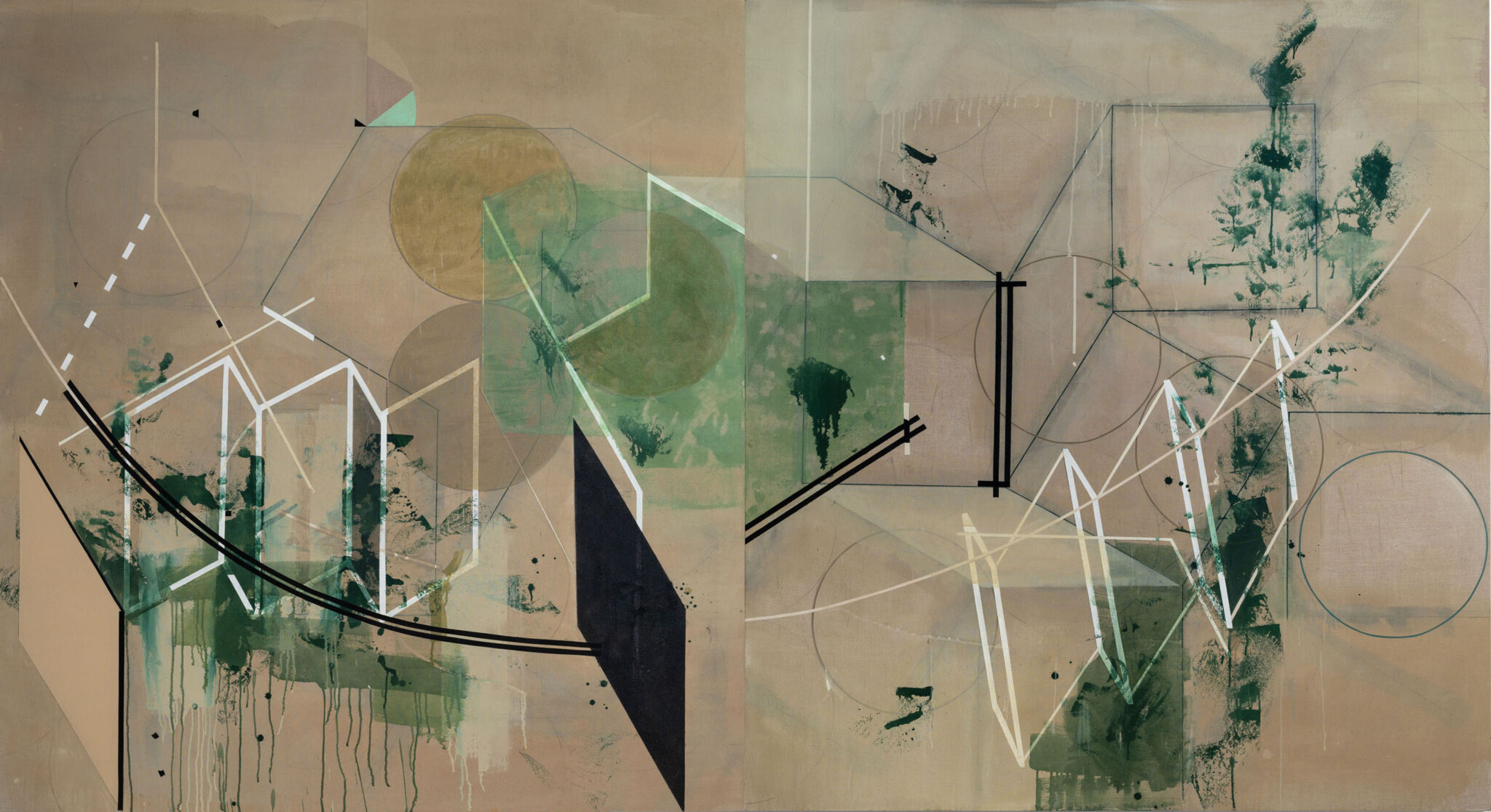
What’s the most rewarding aspect of being a creative in your experience?
The most rewarding part of being a creative as you put it, is the awareness of some inner motif or lifeline that one chooses to cherish and maintain. I would say inner child, except that it’s a cliche.
Some part of one never grows up the way other folks do when they have a job that’s not fed by that connection to a type of innocence that one guards preciously. In times of turmoil one turns to it as a ballast. It ‘s a way of making sense of the world by creating your world. In the best of all possible situations working in a creative field allows you to set your own parameters and use your imagination and not compromise, at least in your work. The world of work is full of compromises – the actual art making should be a place where it’s not. One certainly doesn’t go into a field like fine art or painting, in my case, because you view it as a path to getting rich! One wants approbation but wants it for being seen in a manner that it’s not possible to be seen in ordinary daily life. So to summarize I would say that the most rewarding part of being a creative is the freedom to set up on high what you most value and strive to keep it there.
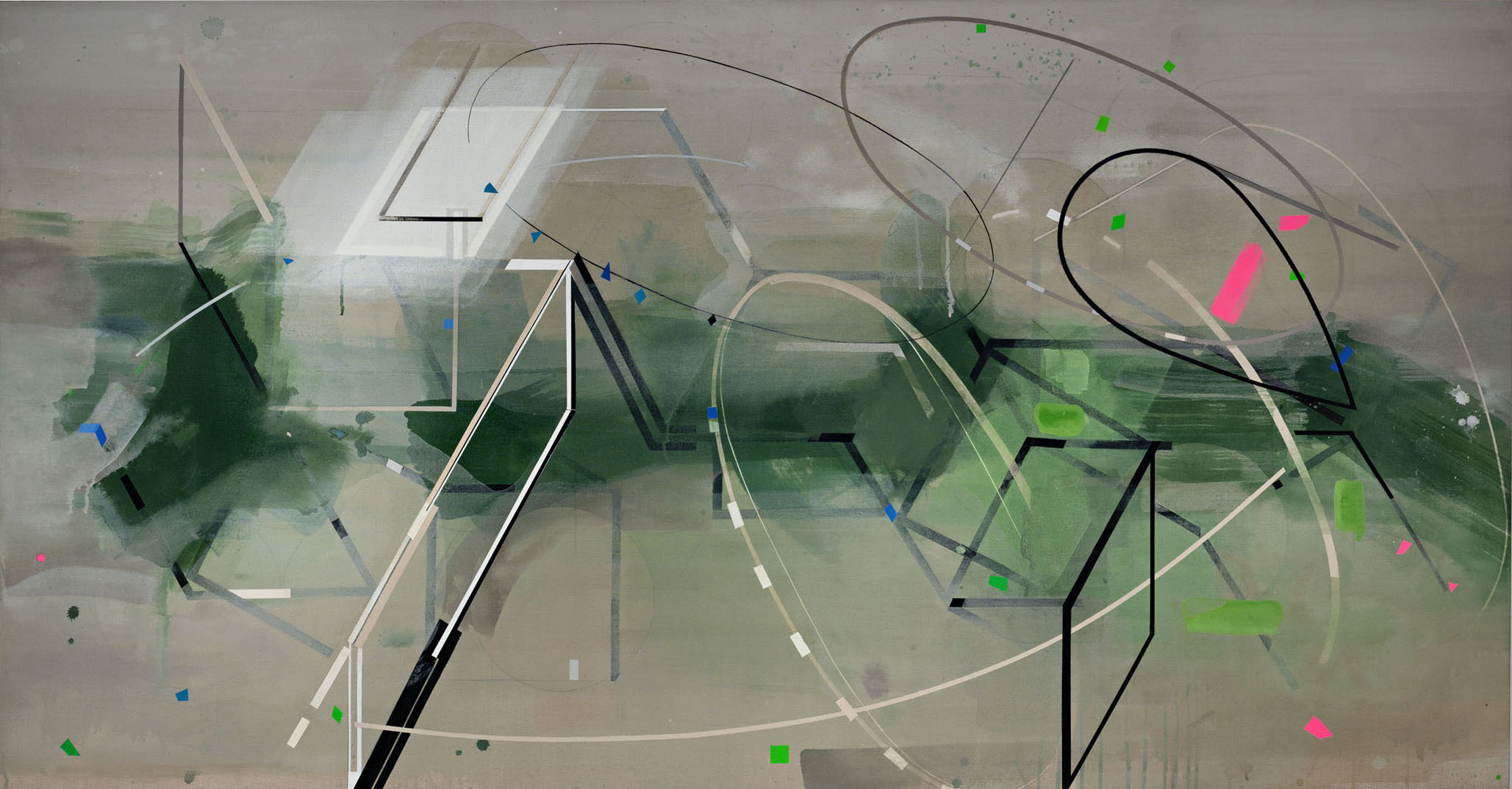

What’s a lesson you had to unlearn and what’s the backstory?
One of the things that is very important in any field but seems even more so in the art world is interpersonal relationships and networking. At the beginning of my painting life I thought that the work would speak for itself, that I didn’t need to especially garner approval from whomever it might benefit me to attract–this is definitely not the case. There were moments that I can recall where I chose not to go out to some party to meet someone of importance because I preferred to cocoon at home with my honey. As awful as it feels sometime it’s best to go the extra mile and be social.This takes stamina and will. Not the same stamina and will as doing the creative work at all!! People really do make the difference and there’s an element of luck that goes into any successful creative career. The more people that know you and like you the more they might just remember you when the time is right. This skill of networking is not connected in any way to the creative spark that helps you stay on your path. Some peop[e are just naturally better at it. This is a skill to cultivate – I’m still not consistently great at it!
Additionally, it’s also wise to at least try be nice to everyone and not offend people if you can help it. It may come back to haunt you!
Contact Info:
- Website: https://www.jeanttefintz.com
- Instagram: jeanette fintz
- Facebook: jeantte fintz
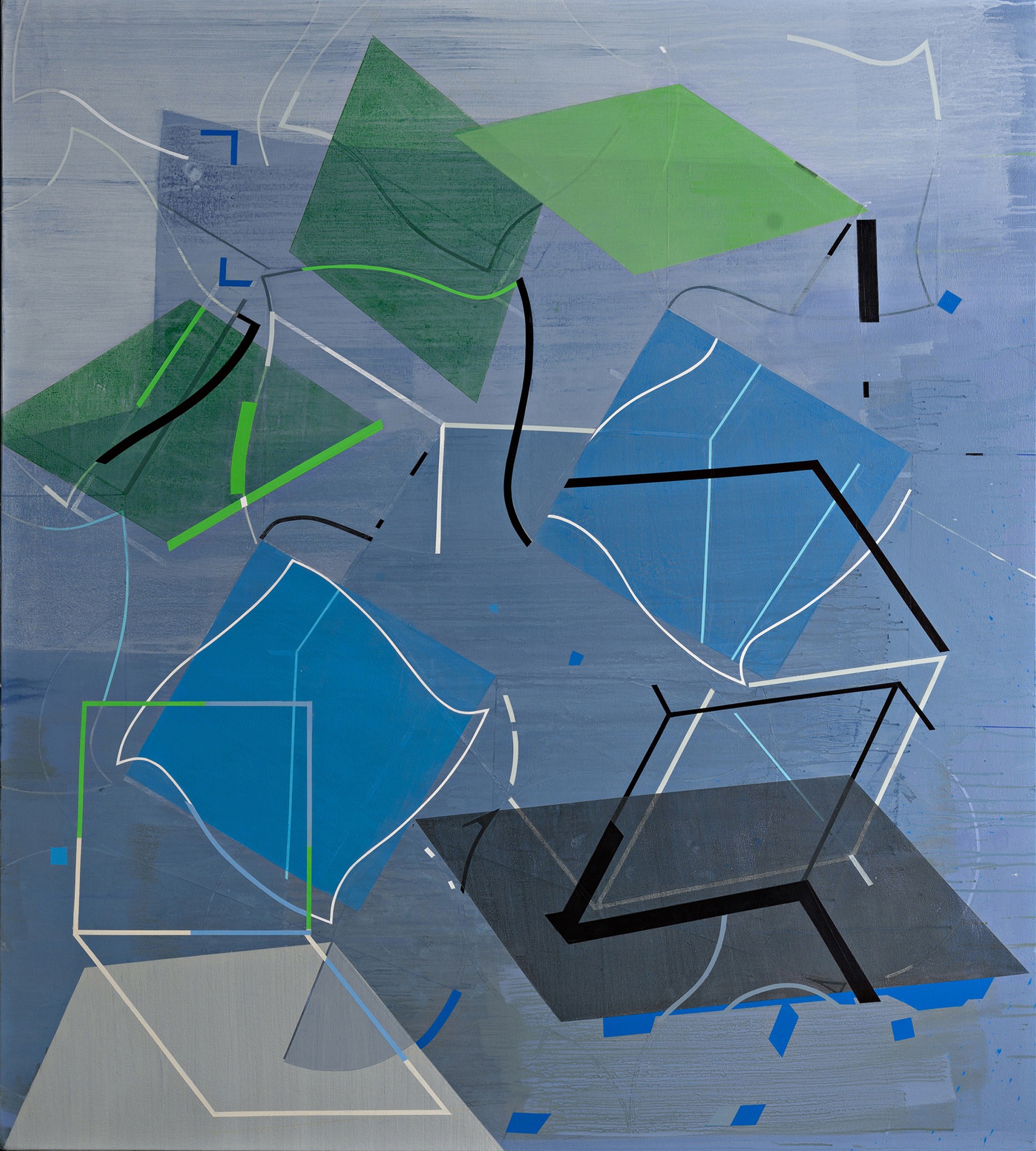
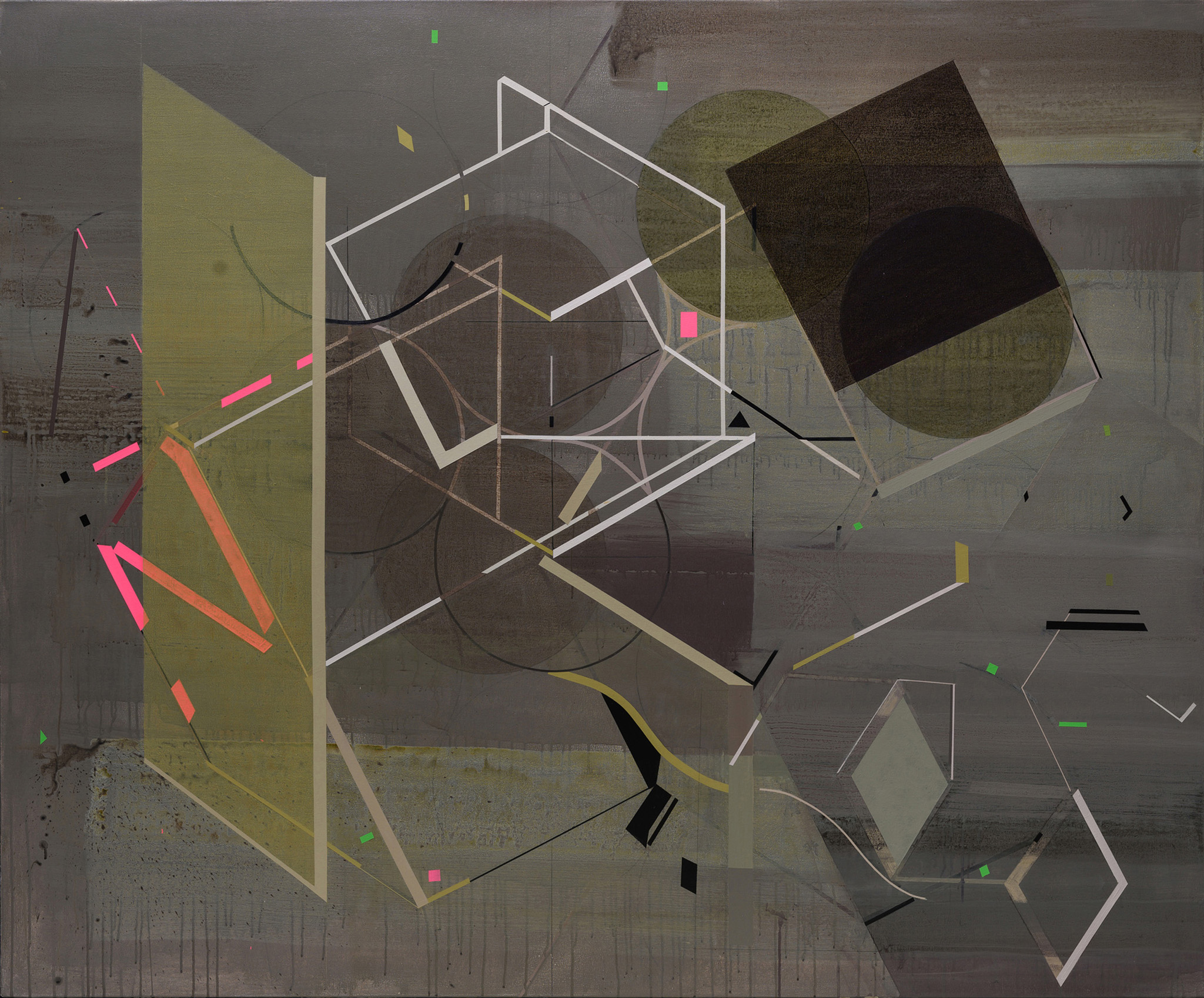
Image Credits
Andy Wainwright Photography


